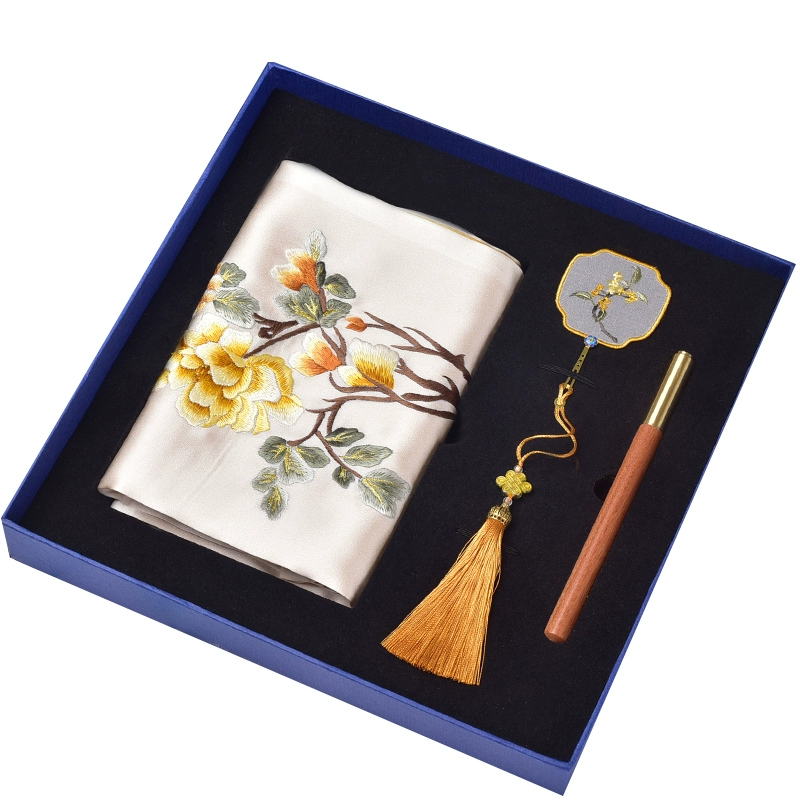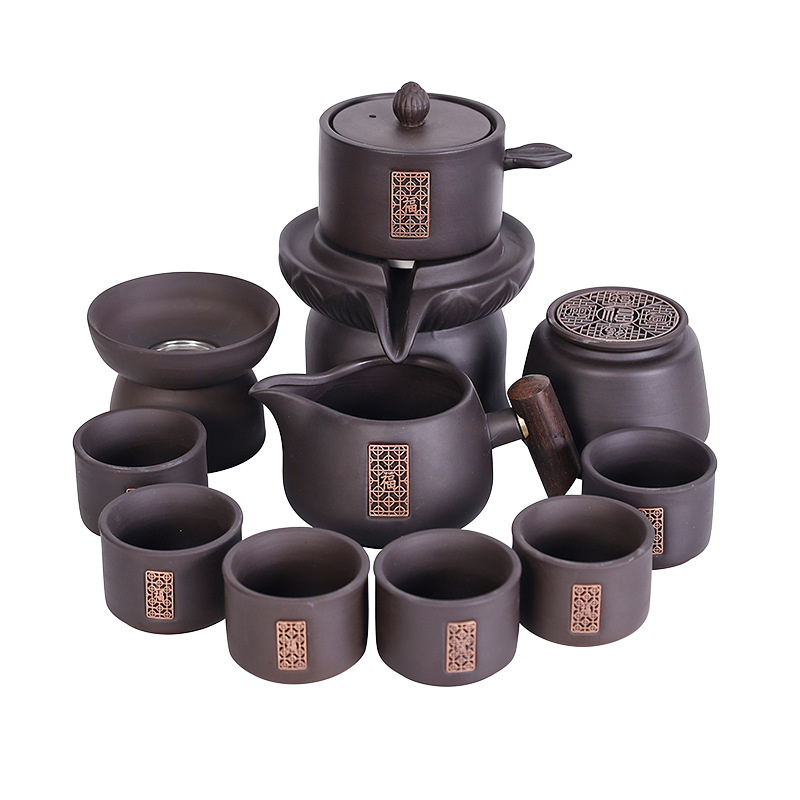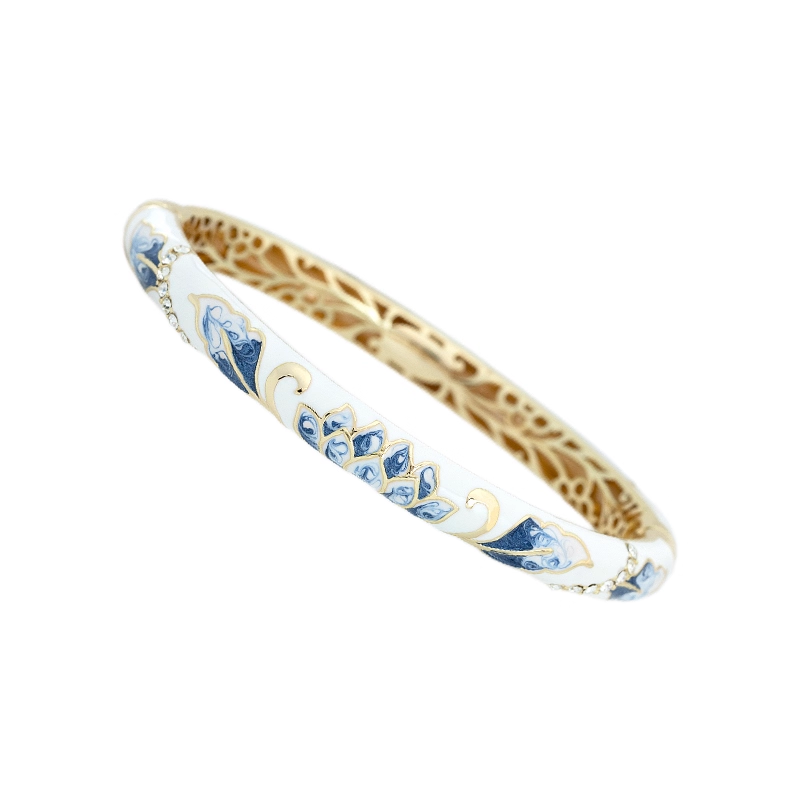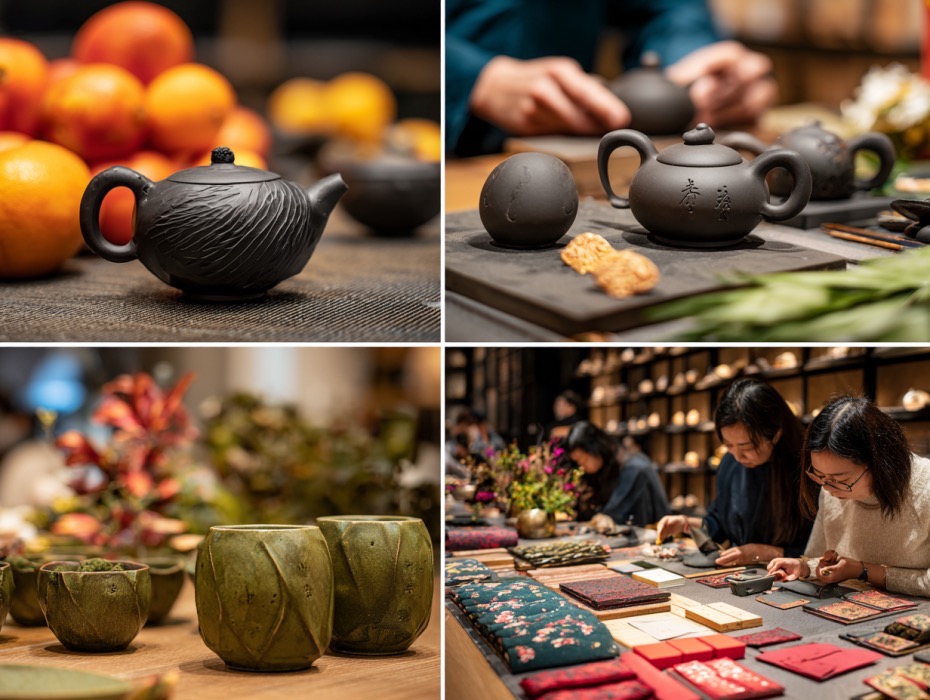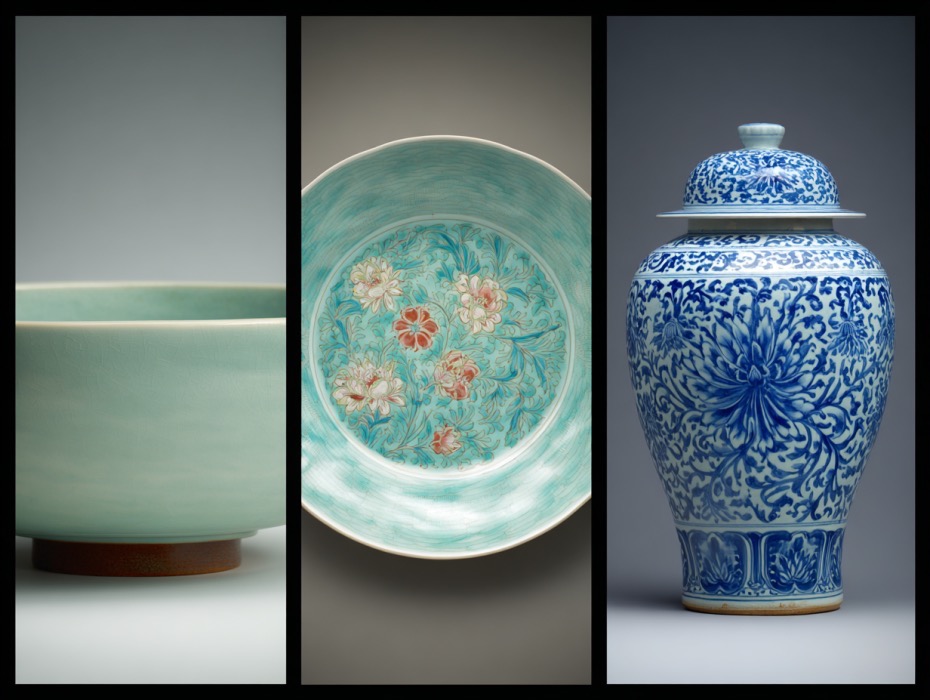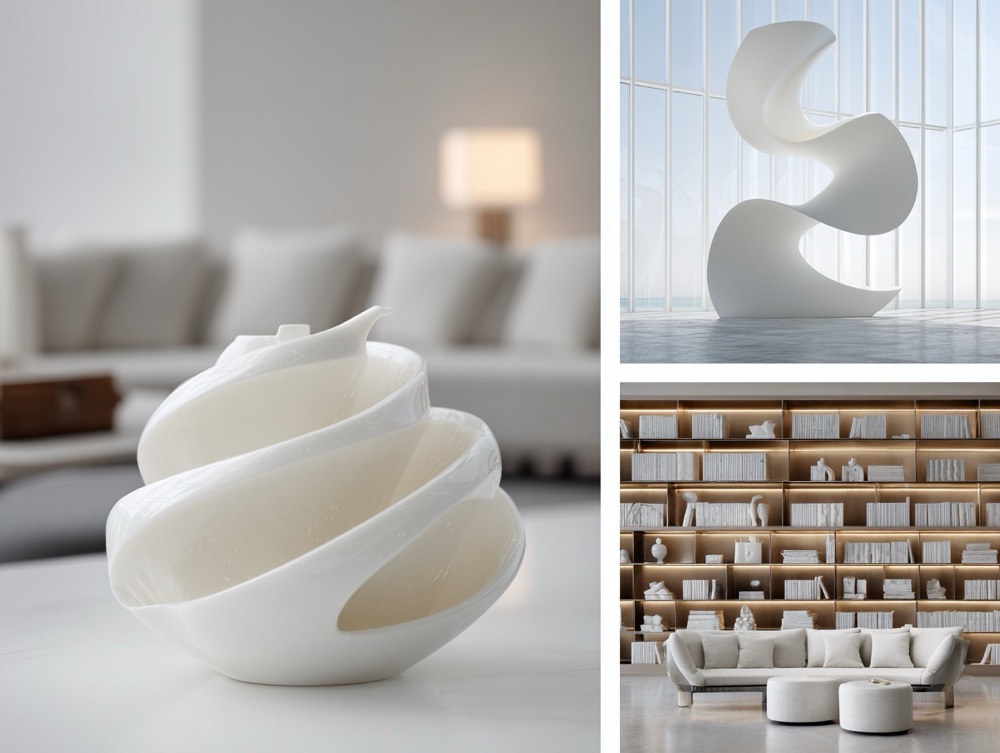Celadon:The Millennium-Old Azure Charm Forged by Fire and Earth
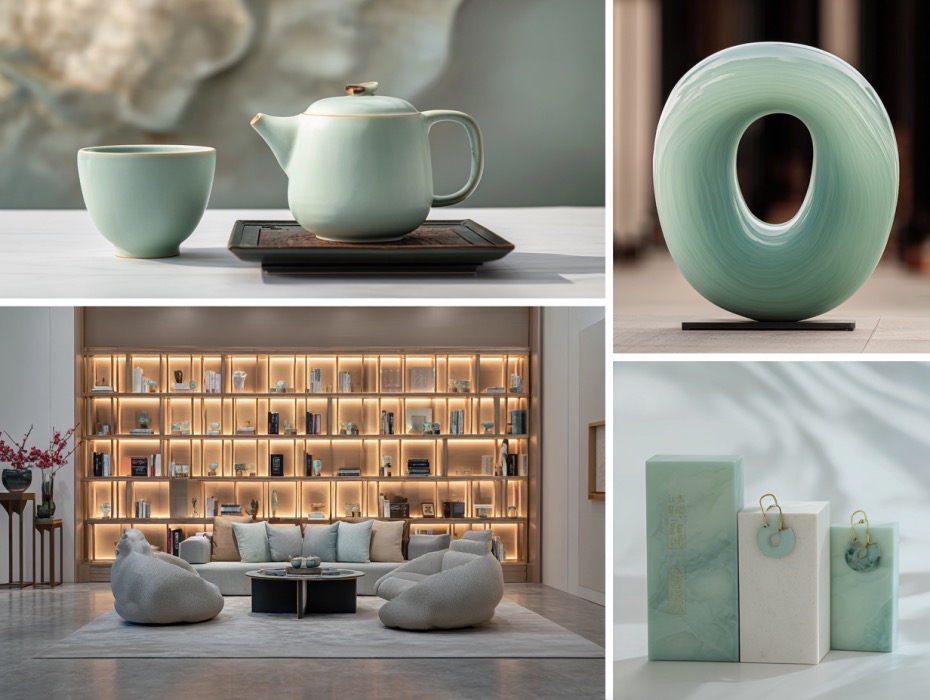
In the brilliant river of Chinese ceramic art, celadon stands as a cross-millennial cultural symbol, celebrated for its jade-like smooth glaze and elegant, minimalist shapes. This ceramic craft, which uses iron oxide as a colorant to create a greenish-blue glaze through high-temperature kiln firing, not only embodies the ancient Chinese pursuit of natural beauty but also carries the profound artistic conception of Oriental aesthetics. Today, it still conveys the millennium-old craftsmanship of Chinese ceramics to the world with its unique artistic appeal.
The history of celadon can be traced back to the primitive celadon of the Shang and Zhou dynasties. At that time, craftsmen had already mastered the techniques of making bodies from porcelain clay, applying glaze, and firing. Although the glaze color was pale and the craftsmanship was rough, it laid the foundation for the development of celadon. During the Eastern Han Dynasty, truly mature celadon was successfully fired in Shangyu, Zhejiang Province. With its smooth cyan glaze and solid texture, it marked a new era in Chinese ceramics. In the Wei, Jin, Southern, and Northern Dynasties, celadon craftsmanship developed rapidly: the Yue, Ou, and Wuzhou kilns in the south each shone with their own brilliance, while the vigorous and magnificent celadon from the Xing Kiln (early period) emerged in the north. During this period, celadon was not only used for daily utensils but also for exquisite ritual and decorative vessels such as chicken-headed ewers and lotus zun (vases). In the Tang Dynasty, Yue Kiln celadon reached its peak, with “secret-color porcelain” as its representative. Its glaze, as clear as ice and as smooth as jade, was praised as “the green of a thousand peaks.” It became a tribute to the imperial court and an important trade commodity on the Silk Road, being sold far to Central Asia, West Asia, and even Europe. The Song Dynasty was the golden age of celadon development. Among the Five Great Kilns of the Song Dynasty (Ru, Guan, Ge, Jun, Ding), the Ru, Guan, and Ge kilns were all famous for celadon. The “post-rain sky blue” glaze of Ru Kiln celadon and the “golden threads and iron wires” crackle patterns of Ge Kiln celadon have become immortal legends in ceramic history. Meanwhile, folk kiln systems like the Longquan Kiln also flourished, pushing the beauty of celadon to the extreme with its “pale celadon” and “plum green” glazes. In the Ming and Qing dynasties, although celadon was impacted by colored porcelain, kilns such as the Longquan Kiln and Dehua Kiln continued the tradition of firing, constantly innovating shapes and glaze colors to maintain the vitality of celadon art.
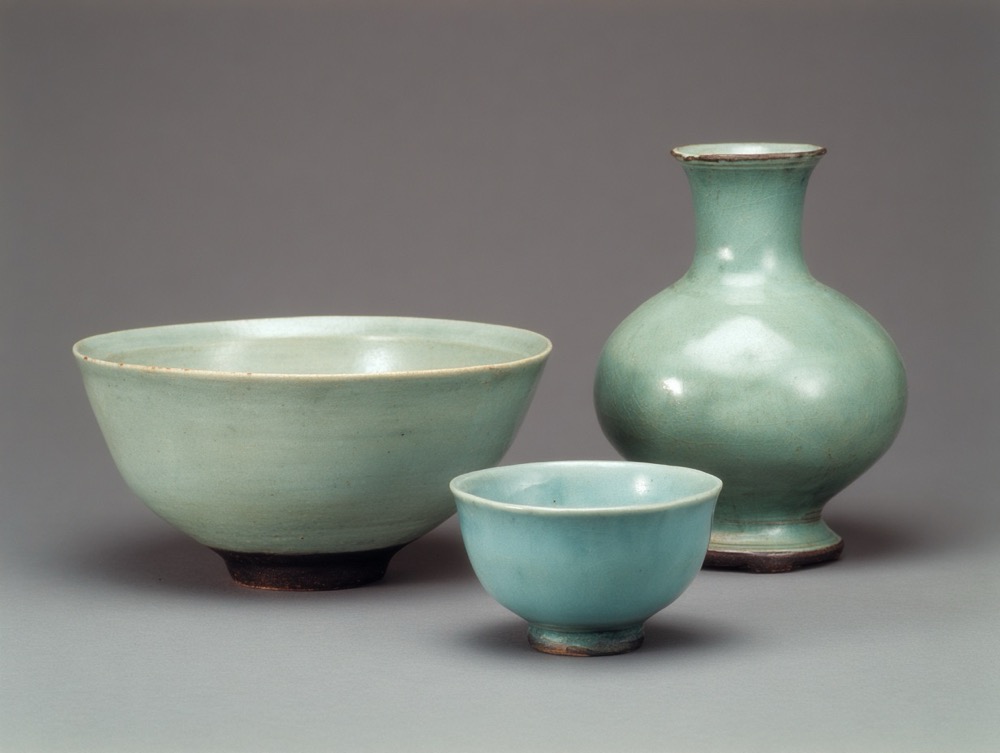
China boasts a large number of celadon kiln systems with distinct regional characteristics, jointly forming a splendid celadon map. Yue Kiln celadon, produced in northeastern Zhejiang, is China’s earliest famous celadon kiln system. The Tang Dynasty secret-color porcelain is its culmination, featuring a smooth glaze and elegant shapes. Common products include daily utensils like bowls, plates, and ewers, as well as exquisite stationery. Ru Kiln celadon, made in Ruzhou, Henan, was exclusively used by the Song Dynasty imperial court. Its glaze is mainly sky blue, smooth like jade, and its shapes are mostly small and neat. For example, the sky-blue glazed cup of Ru Kiln, with its thin body and thick glaze, is known as a “treasure among porcelains.” The origin of Ge Kiln celadon has not been fully determined, but its most distinctive feature is the crackle patterns. Its glaze is covered with ice-like cracks, interwoven with “golden threads and iron wires.” The vessels are mostly decorative pieces such as vases, stoves, and zun, combining simplicity with elegance. Longquan Kiln celadon, produced in Longquan, Zhejiang, became the mainstream celadon kiln system after the Song Dynasty. Its “pale celadon” glaze is soft and elegant, while the “plum green” glaze is rich and vivid. It has a wide range of shapes, from daily porcelain to large decorative porcelain, among which the “dragon-ear vases” and “phoenix-ear vases” are particularly classic. In addition, Yaozhou Kiln celadon is known for its carved and printed patterns, which are exquisite and full of life; Linru Kiln celadon mainly produces practical utensils, with a deep glaze color and high cost-effectiveness, making it popular among the people.
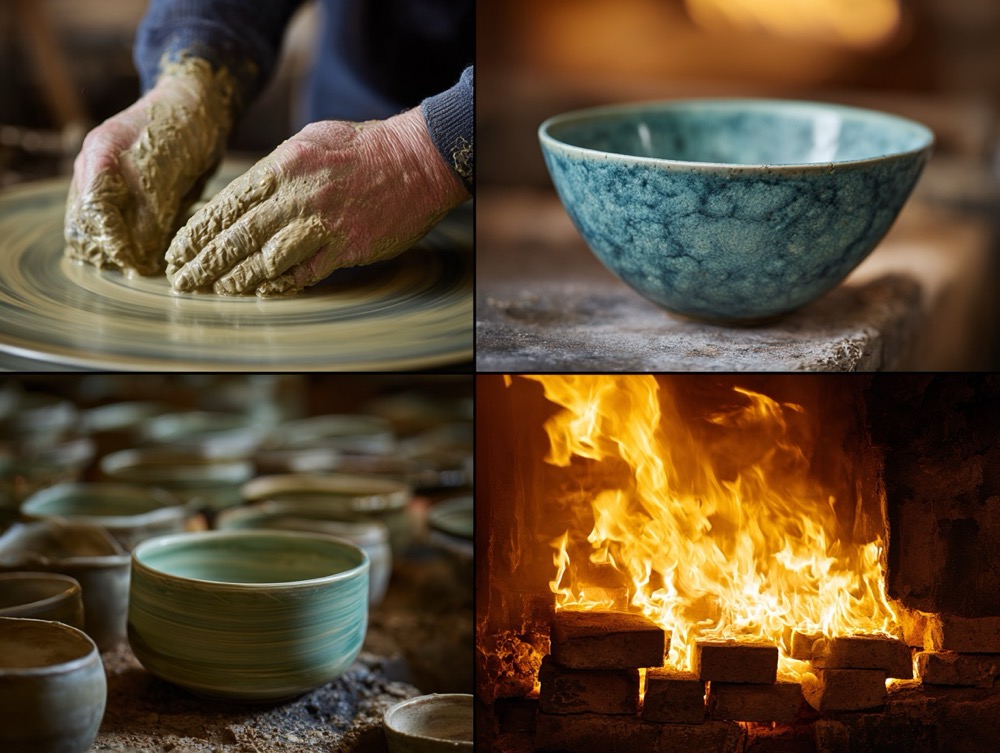
The charm of celadon stems from its exquisite and ingenious production process. Each celadon work goes through multiple procedures, embodying the craftsman’s dedication and wisdom. First, raw material selection: the body clay of celadon is mostly porcelain clay rich in quartz and feldspar, which needs to be washed and kneaded to remove impurities, making the body fine and solid. The glaze is based on quartz and feldspar, with iron oxide added as a colorant. Different contents of iron oxide and kiln atmosphere will form a variety of glaze colors from light cyan to dark green. Next is the shaping process: according to the needs of the shape, craftsmen use methods such as wheel-throwing, mold-making, and kneading to make the body. Wheel-throwing requires rich experience to control the thickness and shape of the body, striving for smooth and natural lines; mold-making is suitable for complex shapes to ensure regularity and uniformity. The glazing process is crucial, with common methods such as dipping, pouring, and spraying. The thickness of the glaze directly affects the final glaze effect: a thin glaze results in a pale color, while a thick glaze gives a rich color. Some high-quality celadon even undergoes multiple glazing to achieve a jade-like texture. Finally, kiln firing: celadon needs to be fired at a high temperature above 1200°C. The oxidizing or reducing atmosphere in the kiln has a great impact on the glaze color. When the reducing atmosphere is sufficient, iron oxide is converted to ferrous oxide, presenting a pure greenish-blue color. Therefore, craftsmen need to accurately control the kiln temperature and atmosphere; a slight deviation may lead to abnormal glaze color. A perfect celadon work often requires multiple test firings to succeed.

In modern society, celadon art has not faded with the changes of the times, but has gained new vitality through inheritance and innovation. On the one hand, traditional celadon techniques have received systematic protection. In 2009, the Longquan celadon firing technique was included in the UNESCO Representative List of the Intangible Cultural Heritage of Humanity. Celadon inheritance bases have been established in various places, and veteran craftsmen pass on the millennium-old techniques to the younger generation through the “master-apprentice” model. At the same time, various celadon exhibitions and academic seminars are held, allowing more people to understand and love this art. On the other hand, celadon is constantly deeply integrated into modern life, fashion design, and the cultural and creative field. In the design field, designers integrate celadon elements into modern home utensils, such as minimalist celadon tea sets and tableware, which not only retain the aesthetic feeling of traditional glaze colors but also conform to modern usage habits. In the art field, contemporary celadon artists break through the limitations of traditional shapes, creating large-scale celadon sculptures and installation art, endowing celadon with new artistic expressions. In the cultural and creative field, mini celadon ornaments, celadon bookmarks, and celadon pattern derivatives are deeply loved by consumers, becoming fashionable carriers for inheriting traditional culture. In addition, celadon has repeatedly appeared on the international stage as a “Chinese cultural card.” From the celadon exhibits at the Shanghai World Expo to the celadon exhibitions at overseas Chinese cultural centers, the world has felt the unique charm of celadon, making it a cross-border artistic treasure.
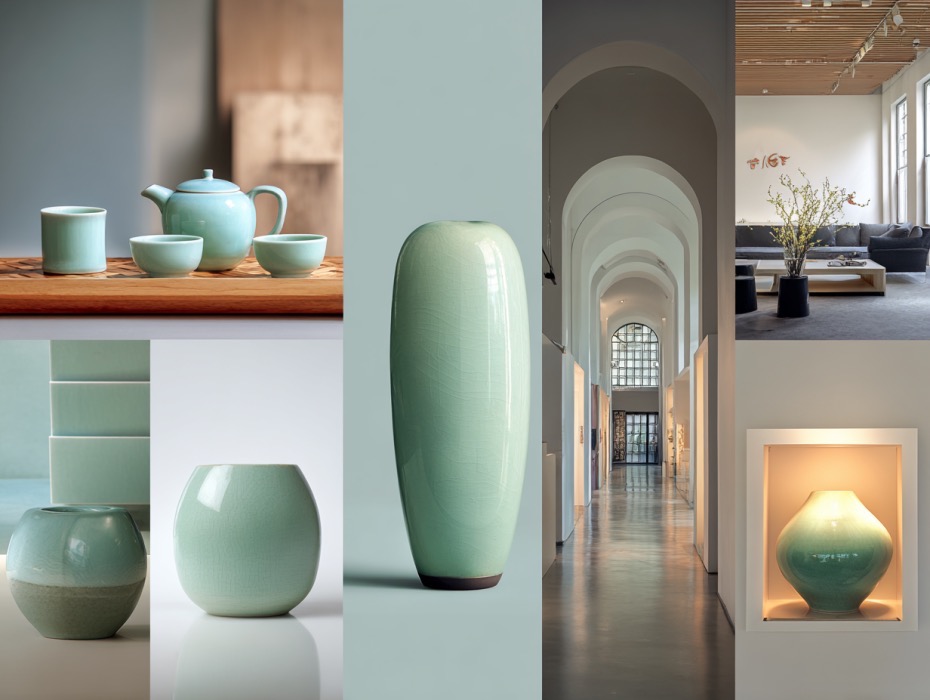
From the simplicity of primitive celadon in the Shang and Zhou dynasties to the warmth of Tang Dynasty secret-color porcelain, the elegance of Song Dynasty Ru and Ge Kiln celadon, and the innovative development today, celadon has always used fire as a brush, earth as paper, and glaze as color to interpret the Chinese people’s profound understanding of nature and aesthetics. It is not only a collection of exquisite ceramic utensils but also a series of vivid historical memories and an endless cultural inheritance. In the new era, with its millennium-old azure charm, celadon is crossing time, space, and national borders, telling the immortal legend of Chinese ceramics to the world.
